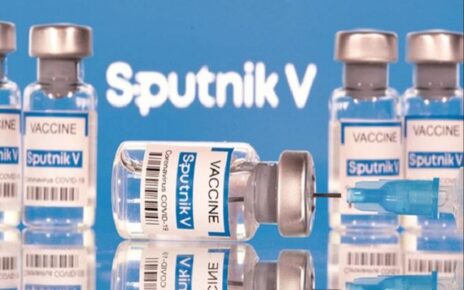India has almost eradicated extreme poverty and brought down consumption inequality to its lowest levels in 40 years through state-provided food handouts, according to a new working paper published by the International Monetary Fund (IMF).
The IMF working paper — authored by economists Surjit Bhalla, Arvind Virmani and Karan Bhasin — said that the proportion of people living in extreme poverty, at less than 1%, remained steady even during the pandemic on the back of “in-kind” subsidies, especially food rations.The study comes at a time when several recent global reports have pointed to the widening gap between the rich and poor in Asia’s third-largest economy, while studies on the economic shocks of the Covid-19 pandemic vary in their conclusions.
In India, the number of people living in extreme poverty — defined by the World Bank as living on US$1.9 or less in purchasing power parity (PPP) terms — was 0.8% of the population in the pre-pandemic year 2019, stated the IMF paper, published on April 5, 2022.
Food rations were “instrumental” in ensuring that extreme poverty did not increase and “remained at that low level” in the pandemic year 2020, the study found. PPP is a metric that equalises the buying power of different currencies to make comparisons easy.“Our results also demonstrate the social safety net provided by the expansion of India’s food subsidy program absorbed a major part of the pandemic shock,” the authors stated. Such back-to-back low poverty rates suggest India has eliminated extreme poverty, they concluded.




